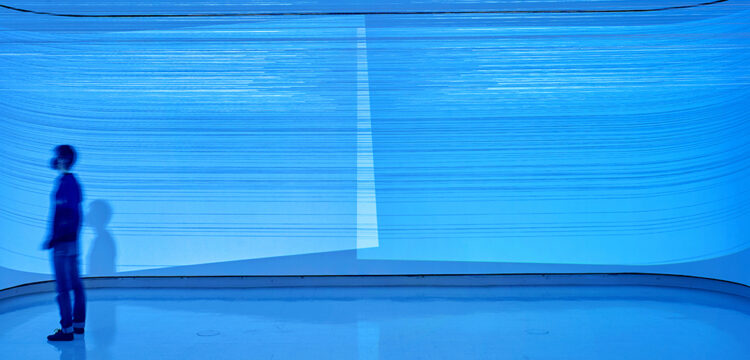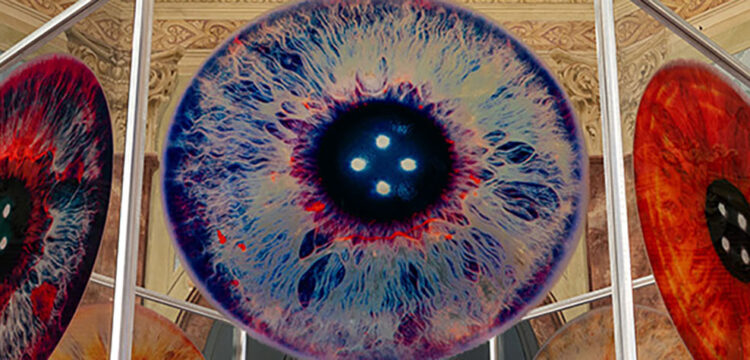A Conversation with Adriana Knouf
Tranxxeno lab: promoting entanglements amongst entities trans and xeno
The tranxxeno lab is a nomadic artistic research laboratory that promotes entanglements amongst entities trans (across, between, beyond) and xeno (strange, alien, other). All the xenoentities are welcome in the lab which is, as reported by the statement on its website, “interested in, among many other things: queer and trans futurities; space art; engagements with satellites and drones; the intersection of ancient and modern technologies; encounters with non-humans like plants, slime molds, and artificial intelligences; and care practices for the same. We write, we research, we make, we listen, we build, we sleep, we dance, we fight, we persevere.”
Adriana Knouf is the Founding Facilitator of the tranxxeno lab. Accomplice to her scientific training, she cannot simply be called an artist. Indeed, working as an artist-scientist-writer-designer-engineer, Adriana engages with topics such as space art, satellites, radio transmission, non-human encounters, drone flight, queer and trans futurities, machine learning, alternative network infrastructures, and surveillance. She’s also interested in questions of noise, interferences, boundaries, and limits in media technologies and communication. She recently took part in the : REWILD exhibition, hosted by MAXXI as part of Repairing the Present, a S+T+ARTS Regional Centers project supported by the European Commission.
Jacopo De Blasio: Does the “xeno” recurrence in your work represent an attempt to imagine something radically different, taking distance from the human and, therefore, from all those speculative “post” categories?
Adriana Knouf: This is not about making something “radically different,” but rather recognizing the capability for difference/otherness/xeno-ness within ourselves. It comes from lived experience as a body taking hormones in the process of transitioning, and recognizing the capacities for transformation that exist… If only a few things are modified here and there. As a result, it is decidedly not about a radical break from things, but indeed realizing that the “human” category doesn’t help us anymore and instead obscures the imbrication of ourselves with all other sorts of entities (our own microbiome, the wider biological/technical systems we live in). In that sense, yes, the xeno focus highlights how we are all capable of transformations (and indeed go through these changes, witness the aging body) that are beyond what we currently see as the horizon. And that in fact contemporary capitalism restricts change to that which can make a profit. That is, capitalism requires change in order to perpetuate itself, but those changes are grossly limited. Xenology, and xenomogrification, argue that we have to think beyond the capitalist horizon of change.
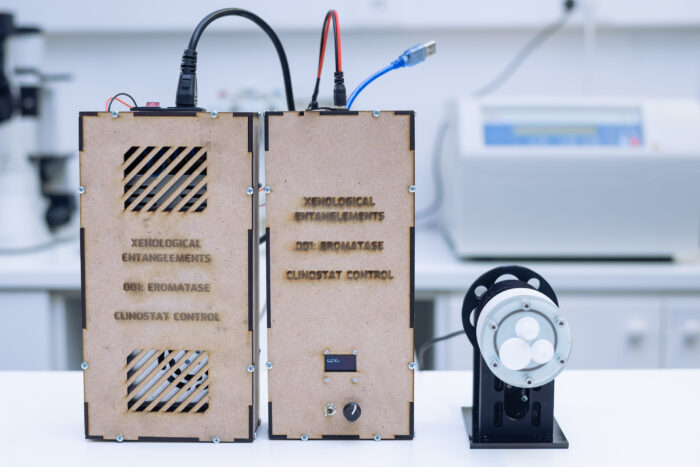
Is the Lab trying to propose a xenological form of subjectivity as a narrative imaginary, in order to approach the socio-political condition of the Anthropocene as a process of “differing togetherness”?
On the one hand, “narrative imaginaries,” from speculative fiction, art, and theory, directly inform the work of the lab. But on the other hand, I also want to manifest these imaginaries in the world that we live in now. The point is to not only think through new xenological possibilities and ways of living together, commensally, but also to make those things material—to the limits of what we can do given constraints on resources and funding.
What’s your take on the concept of utopia?
Utopias are impossible. Every utopia contains the seed of its downfall. Nevertheless, to only imagine dystopias is all but to guarantee that they come to pass. I’m interested in narratives and practices that somehow contain the kernel of hope even when everything else seems impossible. Consider Octavia Butler’s Parable Series. In these books the apocalypse is literally happening around the characters, yet they still cling to the hope provided by Earthseed and the possibility of leaving the Earth. So for me the important thing is to not imply that everything can be wiped clean through some kind of radically different world, but rather to understand how new worlds and possibilities come through the struggles, challenges, and setbacks, but also joy, desire, and hope.
“The project presents the tranxxeno dream of outer space as a place of exodus and thriving for all those who find life on this earth inhospitable.” Is this space exodus really necessary? Or it’s actually an attempt to make Earth a better place to live?
Both are possible for me. For many who have lived with some kind of marginalized identity, outer space has, for a long time, been seen as a place where we could potentially live differently. (See, for example, Sun Ra’s Space Is the Place, where travel to space is a way to escape racism on Earth). Space becomes an imaginary, a way to somehow continue to exist on a planet where too many are seen as disposable or worthless. Returning to Butler, however, Lauren Olamina’s Earthseed spirituality is rooted in trying to live differently on Earth before leaving it. So science/speculative fiction presents a way to not only dream of these off-world potentials but also to wonder at how to change our lives on terra firma.
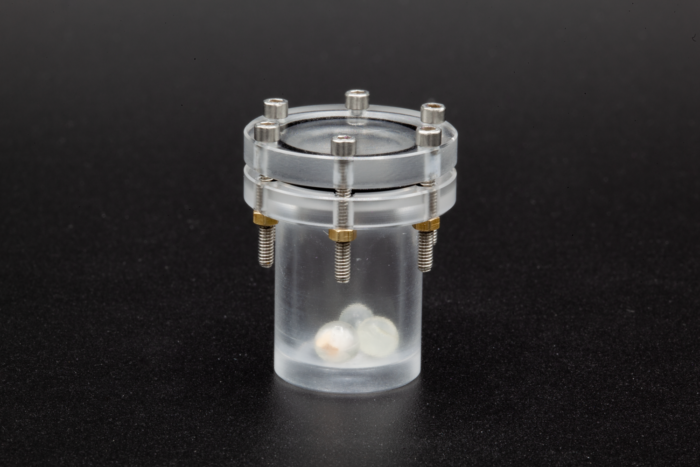
Talking about space, universe and differences: How do you think we—as a community—could learn how to coexist and understand other unknown entities and life forms?
I am very interested in the idea of commensality, or the living together, among, and with other organisms. Commensality is perhaps a more humble form of living in comparison to our ideas of symbiosis, which sometimes take on too much of a celebratory vibe. The commensal means living alongside, trying as much as possible to not harm each other, and perhaps occasionally mutually benefiting each other. But it recognizes that not all organisms need to, or will, live in a kind of pastoral harmony. Rather it accepts the tensions that exist when organisms with different needs come together. Thus, for unknown entities I believe we should approach them in this manner, to the best of our abilities. Will mistakes be made? Sadly, it’s a given. But in the end working toward commensal living is, I believe, the only ethical way of existing in the universe.
What does “the other” means to you?
Within our ourselves—our material form(s)—we possess great potentials for change. This is where I begin with the consideration of the other. That is, we all possess the ability to become something other than we are now. But in additional to this, there is a fundamental incommensurability between me and every other entity in the universe. This difference is not to be bemoaned, rather it simply means we need to learn how to live in this “differing togetherness” that you mentioned. This doesn’t imply, however, that we accept all forms of otherness, especially given various “-isms” that fail to respect this difference (racism, fascism, colonialism, etc).
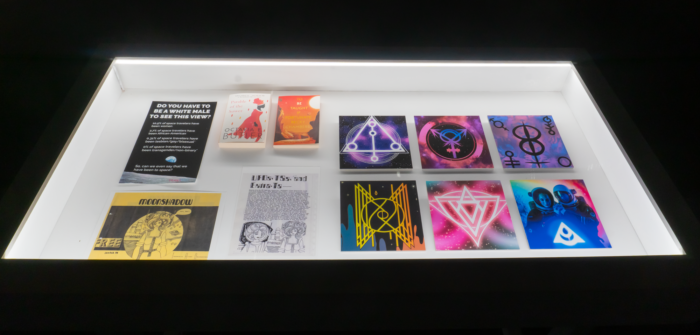
“Time isn’t linear.” Does this statement means that your work tries to present alternate possibilities for change, by showing people of what might actually happen, in order to understand their own potentials for xenformation?
For me times from the past and times from potential futures are fundamentally intertwined with what we term the “present.” We can’t exist in our now without understanding the legacies of things like homophobia, transphobia, racism, colonialism, etc. But simultaneously, we can’t produce the futures we want without imagining them (to a certain extent) and creating certain things in the “present” that will allow those futures to come to be. I call these things “xenolysts,” drawing from the meaning of the word “catalyst.” So it’s not as if the things I’m making will show what “might actually happen,” but rather they are suggestions, tendencies, possibilities, potentials. What actually will happen is anyone’s guess.
In Moonshadow you also address postcolonialism: how could we try to decolonize our bodies from a xenobiological point of view? How would you describe the relation between xenobiology, decolonization, gender studies and sustainability?
First off, I want to say that as a relatively privileged white trans woman, there are many others in the world with direct experience of the most damaging aspects of colonialism that deserve to be listened to on this point. Nevertheless, it is undoubtedly true that colonialism in general affects all of us, not the least of which is in setting boundaries on the horizon of our imagination. There are so many practices that were lost to colonial domination, so many ways of existing in the world that were snuffed out, that it is vital that we create the conditions for these practices to come back into existence. Alongside this, through repairing the misdeeds of the past, we can then learn how, through a revitalized capacity for imagination that is not limited by brute capitalist and social forms of domination, to utilize our xenological potentials for transformation. This is an easy thing to say but wicked hard to do in practice. As such, I fear that we have to consider this transformation on the timescale of centuries and work to mitigate the continued destructive impacts during these transitioning times.
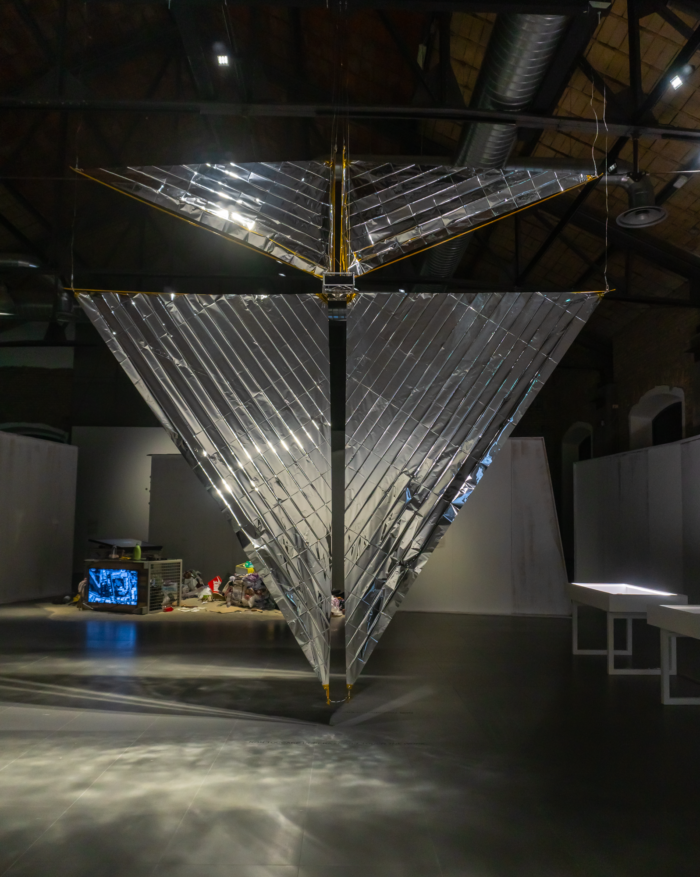
This workconsists of a handmande solar sails: Do you think DIY represent a limit or a resource in the long run? And do you think it could actually consolidate a balanced and socially responsible approach to technology?
DIY is both. DIY or DIWO (do-it-with-others) enables us to quicky prototype possibilities, to manifest, through physical prototypes, that practices, objects, materials can be designed otherwise. However, in order to address the problems of the planet these prototypes have to be scaled up—we have done too much damage to the planet and need to support so many humans and non-humans. This difficulty of scale—and how to do it responsibly—is one of the greatest challenges we face.
Moonshadow also shows several literacy references such as Octavia Butler. Would you like to recommend a recent sci-fi publication?
I have two recommendations, one recent, one older. The more recent one is the novella To Be Taught, If Fortunate by Becky Chambers. This book has been a major influence for mission TX-2: MOONSHADOW as it argues for the transformation of bodies before we travel to exoplanets. So, rather than transform the planet for us, we choose to transform ourselves, all as part of an ethical stance. And in fact, the characters transform themselves through a process called “somaforming” that uses patches much like the transdermal estrogen patches that older trans women take. A character in the book describes the reasoning for this process quite well: “I believe somaforming is the most ethical option when it comes to setting foot off Earth. I’m an observer, not a conqueror. I have no interest in changing other worlds to suit me. I choose the lighter touch: changing myself to suit them.” (And, in fact, one of the characters in the novella is a trans masculine person, and takes his hormones through this somaforming process).
The second book is older, but also quite relevant and powerful. It’s called A Door into Ocean by Joan Slonczewski. Briefly, it’s about a moon with an ocean that covers the entire surface and the women who live on it (for it’s only women who live there). They co-exist with the local species, live on biological “islands,” and practice genetic engineering in service of their reproduction and health needs. The moon orbits a rocky planet that is much like earth, both in terms of composition as well as political systems. The planet desires the technology and resources of the moon, and predictable conflict ensues. How this conflict plays out, and how the differing approaches to conflict, reconciliation, and sharing among and within the various groups is quite fascinating. There is also a great transition narrative involving a young boy from the planet who eventually desires to live on the moon.
Have you noticed any significant differences between American and European response to your exhibited works?
The main difference is that my works are shown in Europe, Asia, and Canada, but not in the US! In fact, this is one of the reasons why I moved to Europe in the summer of 2020. There’s a different approach to work that exists at the art-science boundary between Europe and the US, and perhaps this is due to the vastly higher amounts of funding available for these kinds of works in Europe. But since I moved to Europe my works have not been shown in the US. Hopefully they’ll be able to be shown there someday! Visitors to my exhibitions have had an intense curiosity about my projects, for which I’m quite grateful. I’ve found this to be especially true amongst visitors in the 20s or so, which is heartening to me. I’m glad I can play a certain role as an “older” queer/trans artist to younger people who are just beginning their careers.
Have you ever thought of including sound in your works? And if so, which record or artist could fit in?
So I’m actually a sound and radio artist as well, and have started to produce music under the moniker Selestra (my first self-released EP can be heard here). I have a great interest in radio transmissions, especially either satellite communications or shortwave signals, and have made a couple of projects about that (A Trans Woman Reads the Harvard Sentences and they transmitted continuously / but our times rarely aligned / and their signals dissipated in the æther). And I have produced the sounds for a film that will premiere later in November at the :RETOOL exhibition, hosted by ZKM as part of Repairing the Present. But as for other artists or musicians, I really admire the modular synthesis composition of Caterina Barbieri and have learned a lot from listening to her works. Lyra Pramuk’s vocal manipulations also speak to me intensely, as a trans woman who is also keenly aware of the mutability of the voice. And Arca’s mutability and aural sensibility (especially in her imagined world of “@@@@”) is extremely inspiring.




